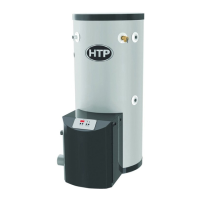
Do you have a question about the HTP Phoenix Series and is the answer not in the manual?
| Brand | HTP |
|---|---|
| Model | Phoenix Series |
| Category | Water Heater |
| Language | English |
Defines hazard levels (Danger, Warning, Caution) used in the manual for safety.
Introduces the manual's purpose and its relation to other documents.
Lists codes and standards installers must comply with for installation.
Covers general safety precautions, clearances, and handling advice.
Details risks from poor combustion, gas leaks, and servicing safety.
Advises on water-related safety, cleaning compounds, and potential damage.
Lists items included with the water heater upon delivery.
Explains the working principles of the heater's technology and systems.
Lists optional accessories and add-on components for the water heater.
Details ambient conditions, connections, and area checks for installation.
Specifies leveling needs and minimum clearances for service access.
Provides specific safety guidelines for installing the heater in a garage.
Introduces requirements for the heater's specialized venting system.
Advises on avoiding contaminants in the combustion air intake.
Explains water quality parameters and their effect on the water heater.
Details how TDS levels impact the heat exchanger and heater lifespan.
Covers general piping practices, material choices, and connection advice.
Explains scald risks and temperature settings for safe operation.
Details the importance and installation of the T&P relief valve.
Specifies the need for expansion tanks and backflow preventers in the system.
Provides instructions for connecting auxiliary devices to the water heater.
Illustrates piping configurations for systems with air handlers.
Depicts reverse manifold and closed-loop radiant heating piping setups.
Shows piping diagrams for units with storage tanks and recirculation lines.
Outlines critical safety rules for venting and combustion air.
Lists approved materials and Canadian installation requirements.
Provides detailed rules for positioning vent and intake terminals.
Details how to size vent pipes and considerations for longer runs.
Covers installation steps for venting, including support and pitch.
Presents diagrams for different venting configurations and kits.
Details methods for venting through existing chimneys or chases.
Explains requirements for combustion air intake in different space types.
Guides on installing and maintaining the condensate drain system.
Covers electrical connections for power input and condensate pump.
Details wiring for outdoor sensors, alarms, and building control signals.
Provides a schematic of the water heater's internal electrical connections.
Outlines rules for gas supply line sizing, pressure, and connections.
Explains the function and safe adjustment of the gas valve.
Step-by-step guide for initial startup and safety checks.
How to adjust temperature, differential, and view status.
Explains how to access and view the heater's operational status parameters.
Guides on configuring the unit for optimal efficiency with an outdoor sensor.
Instructions for activating and using test mode for gas valve adjustments.
Details recommended periodic checks for safe and efficient operation.
Steps for safely shutting down the heater or preparing for vacation.
Explains what to do when the heater fails to start or enters lockout.
Guides on interpreting error codes and fault indicators.
Checks for leaks, support, and condition of piping systems.
Verifies all system components, electrical connections, and safety devices.
Inspects burner, condensate, gas pressure, and combustion levels.
Tests safety controls and ensures completion of all inspection items.
Mandates CO detector installation for specific venting configurations.
Specifies standards for approved CO detectors.
Outlines warranty periods for parts and tank for different uses.
Details what is covered, remedies, and owner duties to maintain warranty.
Specifies conditions and actions that void the warranty.
Explains how to initiate a warranty claim and required documentation.
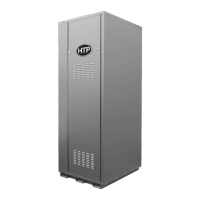
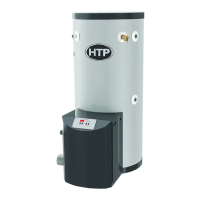
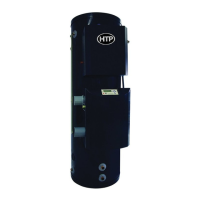
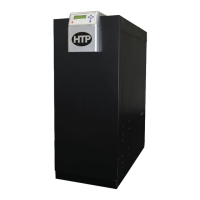

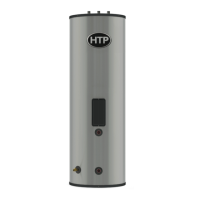
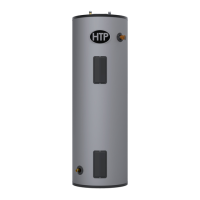
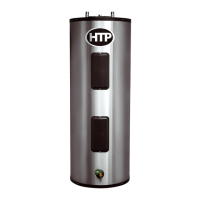
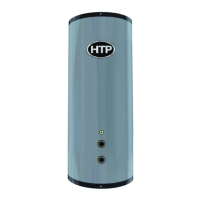
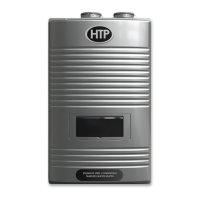
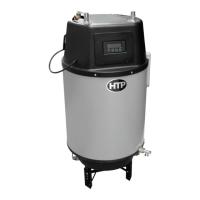
